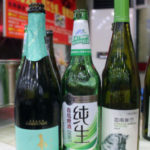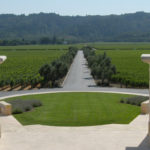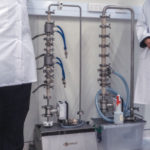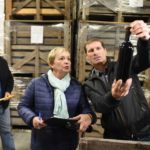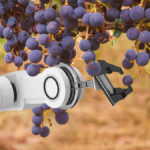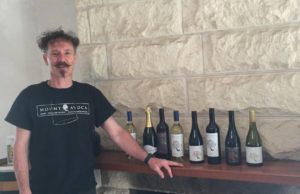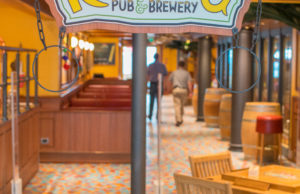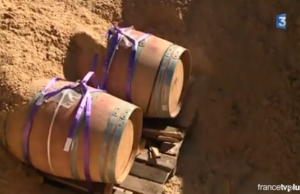Bubbles on The Rise: Why Prosecco Is Having A Major Comeback

Did you know Prosecco, and not espresso, is considered Italy’s national drink? Not only is it the main ingredient in the Aperol Spritz and the Bellini, but the wine is also enjoyed as an aperitif, during meals and throughout celebrations.
“Prosecco is our 24/7 wine,” says Francesco Zonin, vice president of Zonin 1821. “At 11-12%, it’s low enough in alcohol to enjoy regularly. It’s also light, approachable and less expensive than other sparkling wines.”
Prosecco’s reputation for easy drinking, however, has actually given it a slightly bad rap. Consumers often consider it less complex and fine than French Champagne, which is more expensive, comes from Pinot Noir grapes and receives its second fermentation in the bottle. (Prosecco, on the other hand, relies on the Glera grape and ferments in a tank.)
Prosecco’s turnaround
Fortunately, a new generation of winemakers and a shift in Italian regulations have put Prosecco back on the map. In 2009, several producing provinces were lifted from DOC to DOCG status, the highest status for Italian wines. A 2010 mandate declared the name Prosecco should refer only to a geographic location, and not the presence of a particular grape (which allowed for additional blending). And in 2016, Prosecco consumption in the UK skyrocketed such that there was a panic-inducing shortage.
In light of this news—and given Prosecco is best enjoyed throughout the holiday season—Forbes asked seven sommeliers and winemakers to name their favorite bubbles. Here’s what we found:
“Prosecco shouldn’t be too serious. It’s fresh, it’s fun, it’s fruit-forward… the perfect aperitif. This sparkling wine is really all about the fruit—yellow apple, tropical notes, ripe pear… but there’s also a touch of minerality and a full perlage of lively bubbles. It’s also produced by third generation winemakers, the Fantinel family, as opposed to the flatlands of Veneto like so many others.”
Older vines-better wines
“This is unlike any Prosecco I’ve tasted: It comes from 50-year-old vines made in a variation of method ancestral—fermentation is finished in the bottle, as opposed to the classic way in a tank. It results in a wine that’s full of flavor but doesn’t miss out on the light, refreshing nature of Proescco.”
“The Bisol family has been growing grapes since 1524, but have really improved their techniques in the last century. They make cru Prosecco that’s mind blowing. And even the Jeio, which is their entry level wine, has a fresh fruity flavor and hints of minerality.”
“I like Prosecco because it’s light enough to have as an aperitif, but structured enough to pair with light dishes. The Sommariva is light and dry with fresh peach and firm effervescence.”
P Taylor Jr.,Wine Consigliere at Denver’s beast + bottle and Coperta: Le Colture Prosecco di Valdobbiadene
“I like wines from Valdobbiadene because they have some of the highest vineyards in Prosecco country, which gives acidity (balances fruit) and makes it a better fit with food… this Prosecco is a great “gateway” drug to the world of sparkling wine.”
“I recently discovered this Prosecco and it’s absolutely stunning… tones of bruised apples and freshly cut flowers. The finish lingers on the palate with aromas of dried honey and rose petals. What’s interesting is that this wine is made by Tuscan native Lorenzo Sassetti—who argubly makes some of the most famous Brunellos.”
Francesco Zonin, Vice President of Italy’s Zonin Wines: Zonin Prosecco Black Edition
“This Prosecco is a little dryer and gets additional tannins from the presence of Pinot Noir. Pair it with pasta and even a very good, simple pizza.”
Click here to view original web page at www.forbes.com


